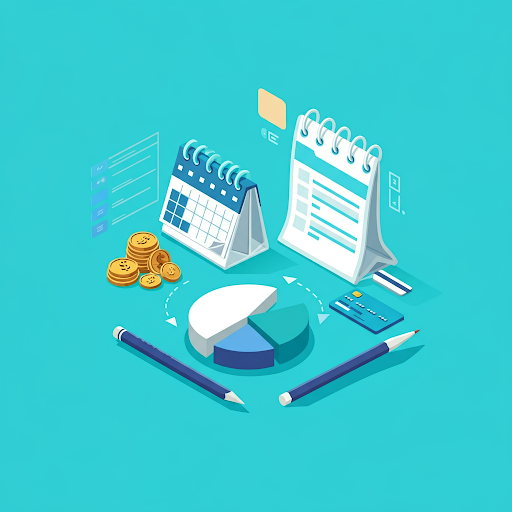In our rapidly evolving financial landscape, smart expense management has become crucial for long-term stability. One increasingly popular method of smart budgeting is the EPP (Easy Payment Plan) installment—a service offered by many banks and credit card providers. This financial tool allows consumers to convert large purchases into manageable monthly payments, making budgeting simpler and more predictable.
Whether you’re buying a new appliance, booking a vacation, or paying for education, an EPP installment plan can help you spread out your costs without overwhelming your monthly budget. In this article, we’ll explore how to use an EPP installment plan effectively to stay in control of your finances.
What Is an EPP Installment Plan?
An Easy Payment Plan (EPP) is a credit card feature that allows you to split a significant purchase into smaller, fixed monthly payments over a chosen tenure—usually ranging from 3 to 36 months. Many banks offer these plans at 0% interest or with minimal fees, especially when partnered with certain merchants.
Instead of paying a lump sum, your bank deducts a set amount each month from your credit card, helping you avoid large one-time expenses.
Benefits of Using an EPP Installment Plan
-
Improved Cash Flow Management
You can keep your monthly expenses balanced without draining your account on a single purchase. -
Interest Savings
Many EPPs offer 0% interest during the installment period, helping you avoid the high interest typically charged on credit card balances. -
No Need for a Loan Application
If you hold a qualifying credit card, EPPs often come pre-approved—eliminating the hassle of applications and saving you time. -
Predictable Payments
Fixed monthly amounts make budgeting easier and prevent unexpected financial strain.
When Should You Consider Using an EPP?
While EPPs offer flexibility, they should be used wisely. Consider opting for an installment plan when:
-
You’re making a large purchase that exceeds your usual monthly budget.
-
You want to avoid depleting your savings all at once.
-
The plan is offered at 0% interest or with minimal fees.
-
You’re confident in your ability to make monthly payments on time.
Common uses for EPPs include buying electronics, home appliances, travel bookings, tuition fees, and medical expenses.
How to Use an EPP Installment Plan for Smart Budgeting
1. Understand the Terms
Take the time to review the details carefully before signing up for any program. Look for interest rates, tenure options, processing fees, and penalties for early repayment or missed payments.
2. Choose the Right Tenure
Paying over a shorter term results in larger monthly installments, but lowers the overall amount paid. Longer tenures ease your monthly burden but may include additional fees. Choose a payment option that aligns with your financial objectives.
3. Only Use It for Essential or Planned Purchases
Avoid using EPPs for impulse buys. Use the feature for strategic purchases that are part of your budget, like a laptop for work or tuition for a course.
4. Track Your Installments
Include your EPP payments in your monthly budget. Establish reminders or automatic payments to guarantee prompt transactions and uphold a strong credit rating.
5. Compare with Other Payment Options
Sometimes, personal loans or savings may offer better value depending on fees or interest. Always evaluate all financing options.
Common Mistakes to Avoid
-
Ignoring Processing Fees – Even a 0% interest EPP may have hidden fees.
-
Overcommitting – Don’t sign up for multiple EPPs at once; they can quickly add up.
-
Missing Payments – This could result in late fees or conversion of your EPP to a regular credit card charge with high interest.
Final Thoughts
An EPP installment plan can be a smart budgeting tool when used correctly. It allows you to make important purchases without disrupting your monthly finances, helping you stay on top of your spending while meeting your needs. However, like any financial product, it’s crucial to use it wisely, understand the terms, and ensure it aligns with your overall budgeting strategy.








